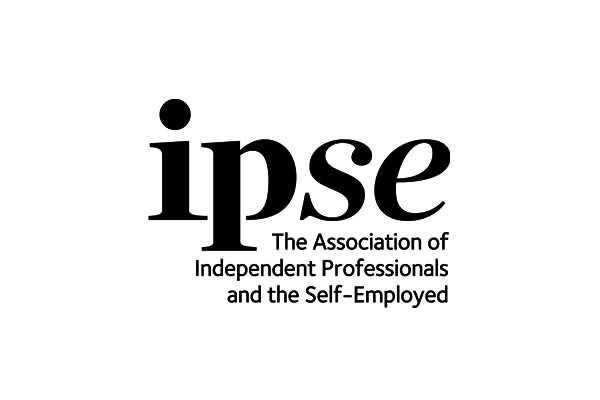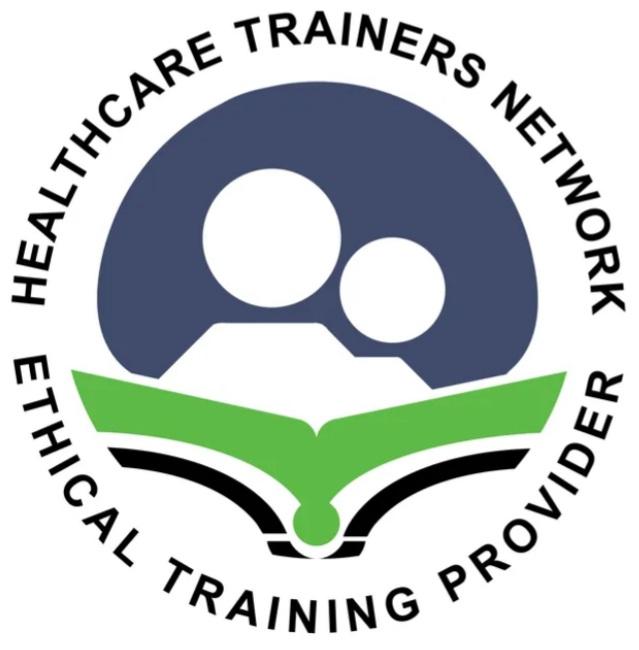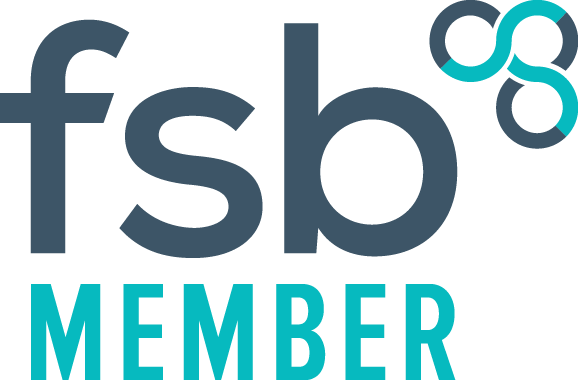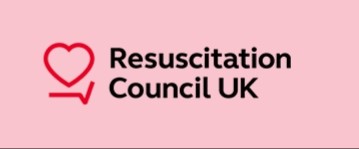First Aid and SARS-CoV-2 virus transmission leading to (COVID-19) with video animation
First aid is often a critical part of the management of injuries and sudden illness. Despite the current concerns about coronavirus disease 2019 (COVID-19), and the focus on the prevention of its spread and treatment, injuries and illnesses unrelated to coronavirus still occur.
The delivery of prompt first aid management may prevent an additional burden on the health system by managing simple injuries or illnesses on site rather than calling for an ambulance or taking the casualty to hospital. It may also prevent the unnecessary exposure of the casualty to the virus.
Serious injuries and illness will, however, still require medical care and the assessment and treatment of such individuals should not be delayed because of fear of COVID-19. There are only a few changes to the current recommended first aid protocols, most of which relate to the prevention or minimisation of the risk of virus transfer.
During the COVID-19 pandemic:
• Assume that any casualty has COVID-19 and manage appropriately. The casualty may be asymptomatic and yet still be a virus carrier.
• If the casualty is a household contact of the care provider and infected with COVID-19, that provider has likely already been exposed and may be willing to provide direct first aid.
If the casualty is not a household contact:
• Follow national advice on social distancing and the use of personal protective equipment (PPE) wherever possible.
• The use of PPE (gloves, masks, eye-protection, etc) may not be applicable to all first aid, but care should always be taken to protect the casualty and the first aid provider.
• Those key workers with a duty of care should put on the appropriate PPE and provide first aid without further delay.
• If the casualty is responsive and able to follow selfcare advice, provide first aid advice from a safe (2m) distance. If the casualty has a face cover/ mask available, encourage them to wear it while being cared for. Family members, if willing, may be coached to provide direct first aid. It may also be necessary to provide dressings, bandages, etc. from outside the immediate contact area.
• If the casualty is unresponsive or unable to provide selfcare then it may be necessary to provide direct care. However, the casualty and the first aid provider must be aware of the risk of virus transfer.
Sequence of actions for bystander care of a casualty outside of the household:
• Call for medical assistance immediately.
• Where possible wear gloves when touching or handling the casualty.
• Wear a face cover/mask if available and consider placing a face cover/ mask over the face of the casualty.
• Only handle/touch what is absolutely essential, remembering that all surfaces in and around the casualty may be contaminated by the virus..
• Only provide essential direct first aid in order to limit your exposure time. This may include controlling significant bleeding, applying a dressing, use of an adrenaline autoinjector, assessing for responsiveness by shaking the person and shouting, and positioning of a casualty
Following completion, it is essential to:
• remove and dispose of any PPE
• wash your hands thoroughly with soap and hot water for at least 20 seconds
• wash all your clothing as soon as practicable
• be prepared to self-isolate and follow national guidance if you develop COVID-19 symptoms after providing direct first aid
Thanks to the brilliant team at Helix Animation for this 3D animation outlining the most common ways of transmitting the coronavirus SARS=CoV-2 based on the latest relevant scientific research available (03/2020).






